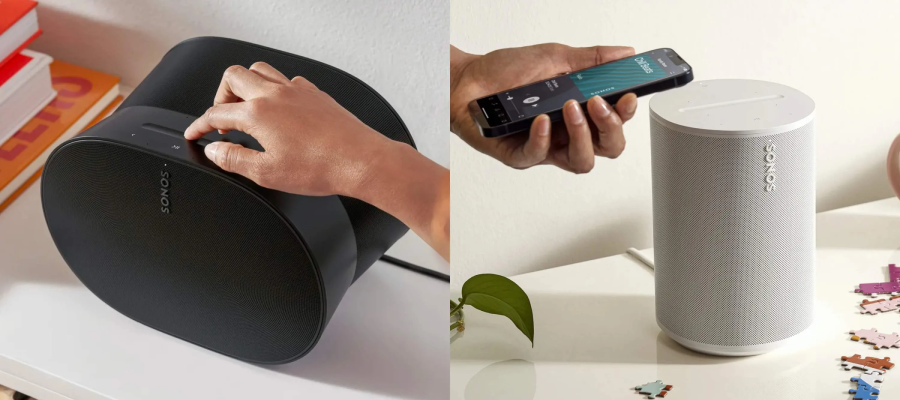
The Sonos non-portable range has previously only worked through Wi-Fi. The announcement that the Sonos sound will be enabled to other audio-source devices using Bluetooth and line-in—not just those with Wi-Fi and Sonos app compatibility—is very refreshing and will open up more options for streaming through Sonos speakers.
As the article suggests quite rightly, Sonos continues to keep things flexible by also including USB-C line-in. There’s definitely the feeling in the air that Sonos could be trying to disrupt the market by offering more in terms of I/Os, differentiating from a lot of competitor speakers on the market.
Other key features include less adhesive and more screws which theoretically makes the repair process easier. Opting for this is a greener alternative to purchasing a new lump of plastic and parts. This could also entice buyers who don’t want to pay twice for devices when it goes wrong and can’t be fixed.
I have the original Sonos PLAY:1. It was great until the succeeding speakers and software updates gradually reduced the functionalities and force you to move across to the latest versions. A good bit of hi-fi should be timeless. Perhaps the Sonos speakers are for the listener who appreciates the multi-room functionalities and voice control, etc., more, as opposed to the audiophile who is happy with a straight-up traditional hi-fi with none of the bells and whistles.


